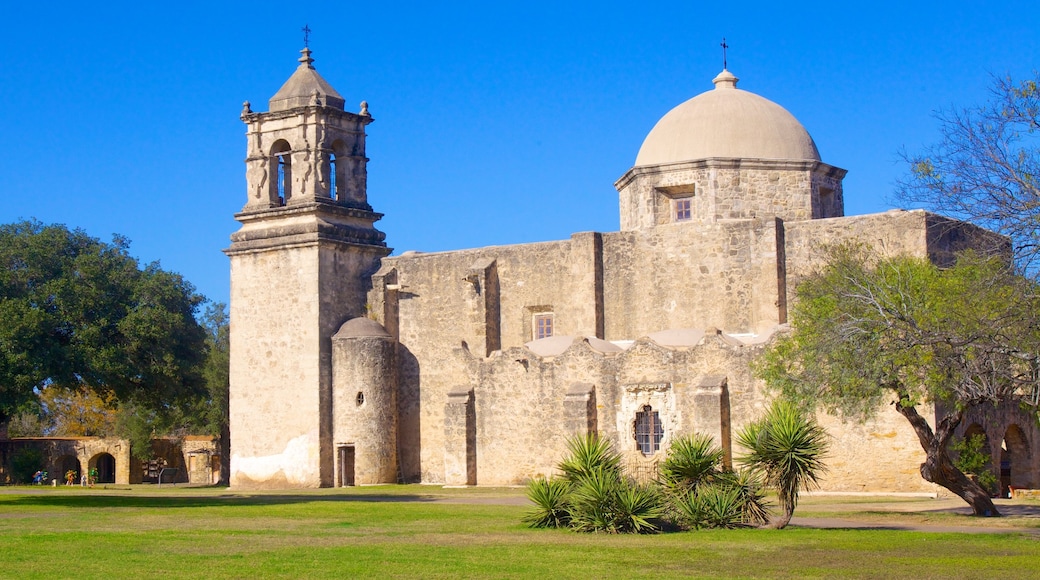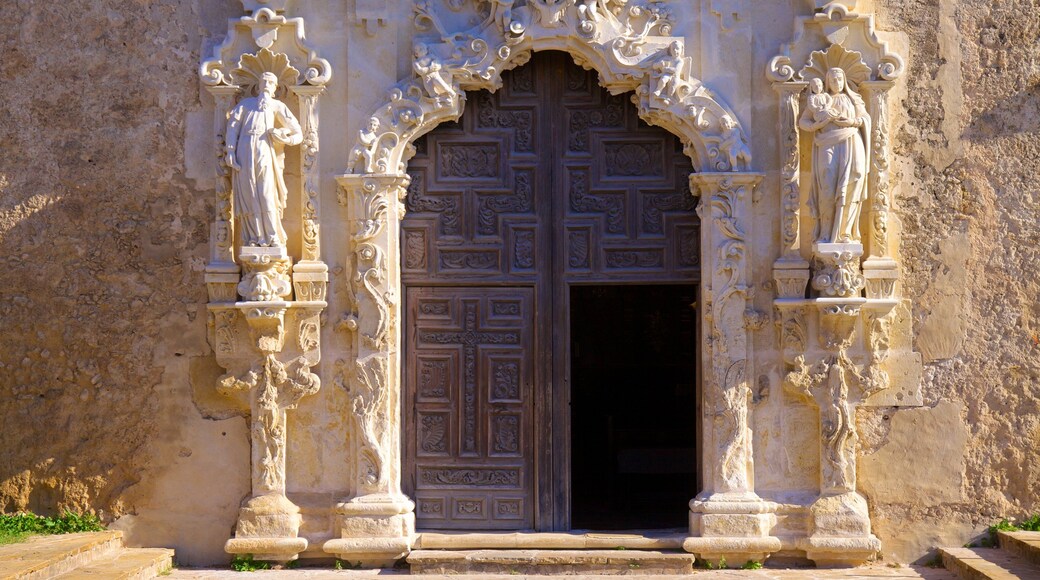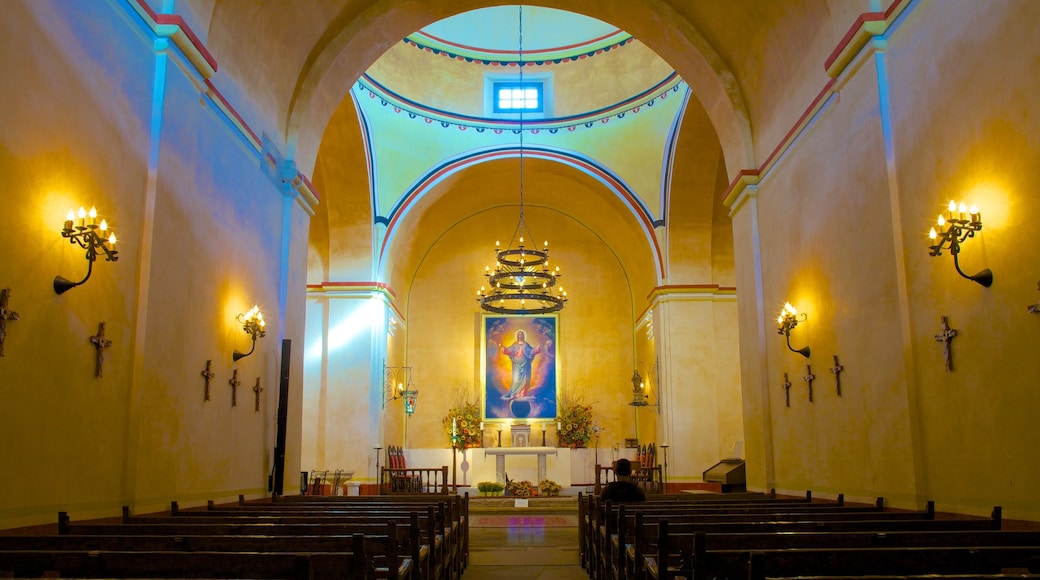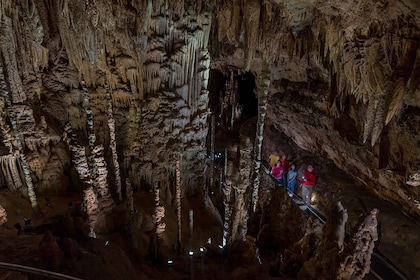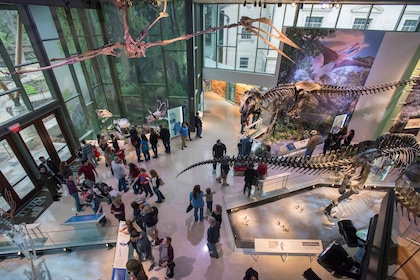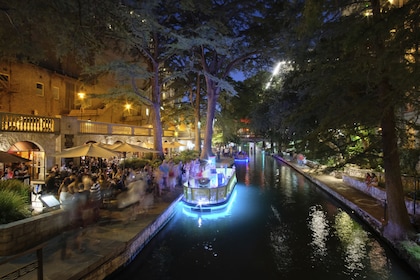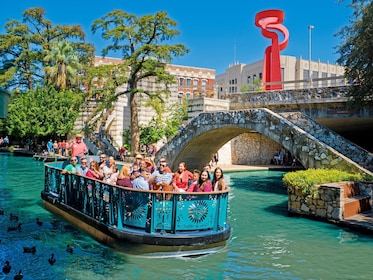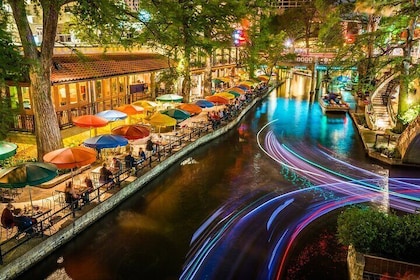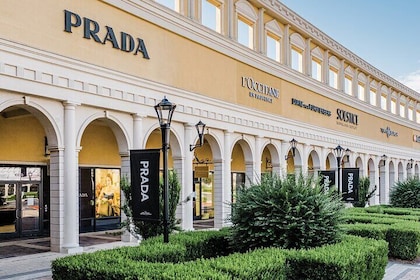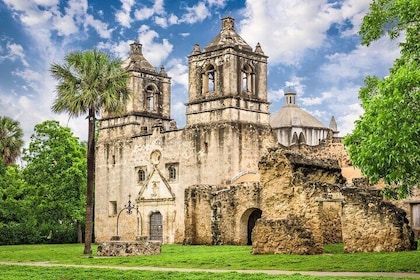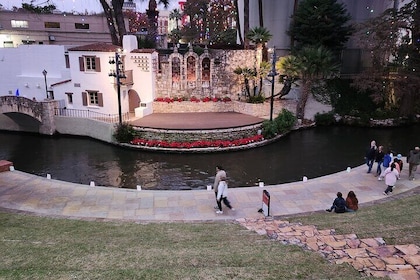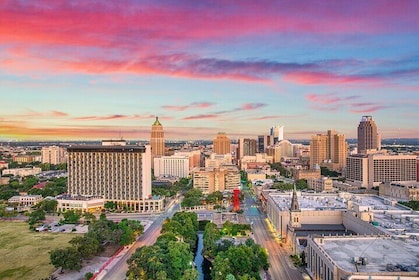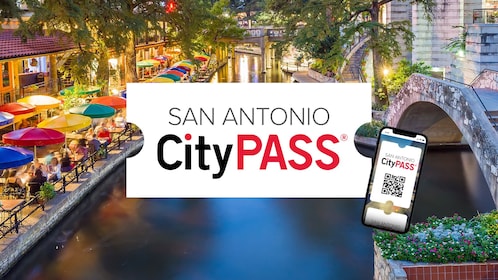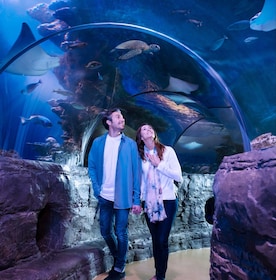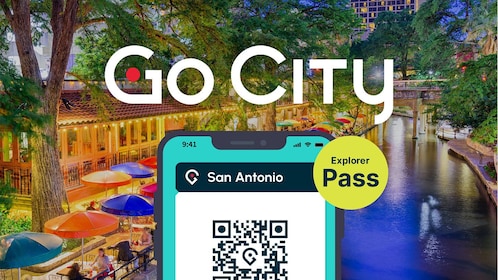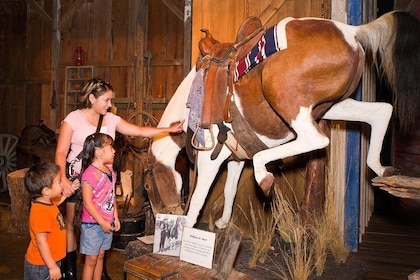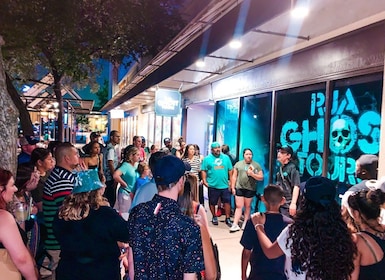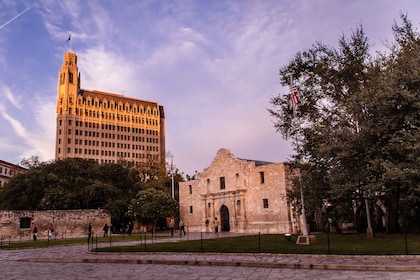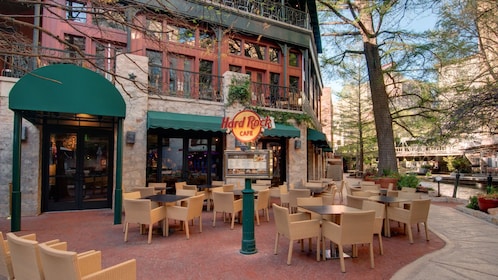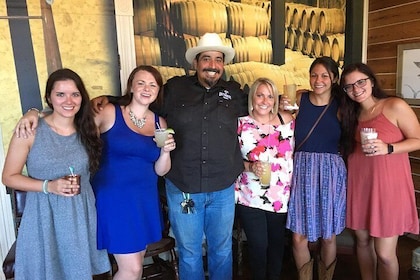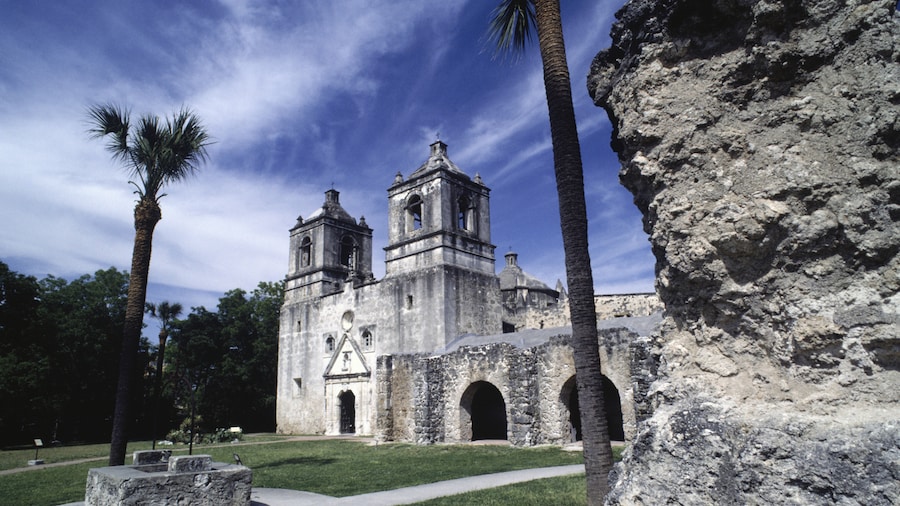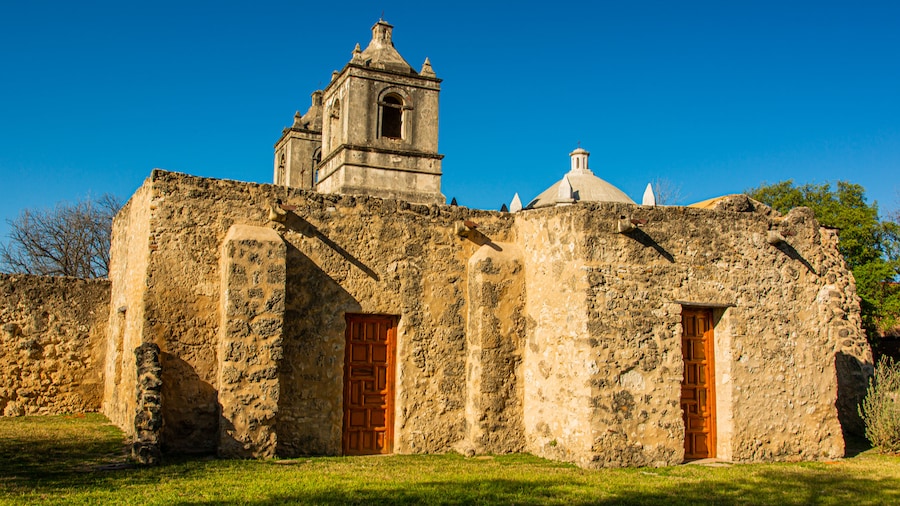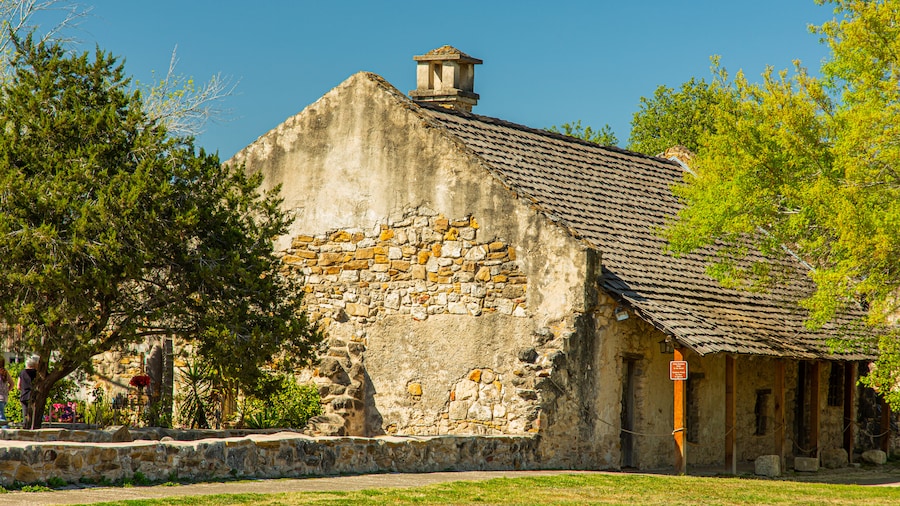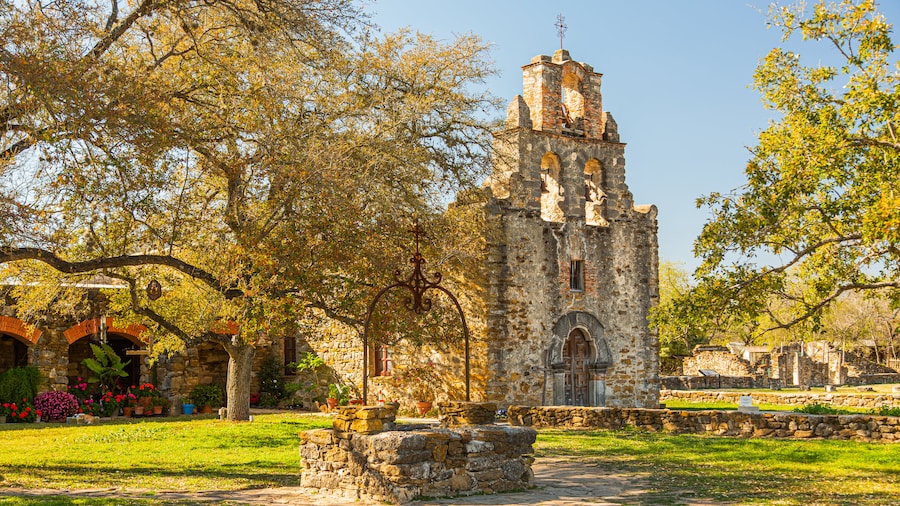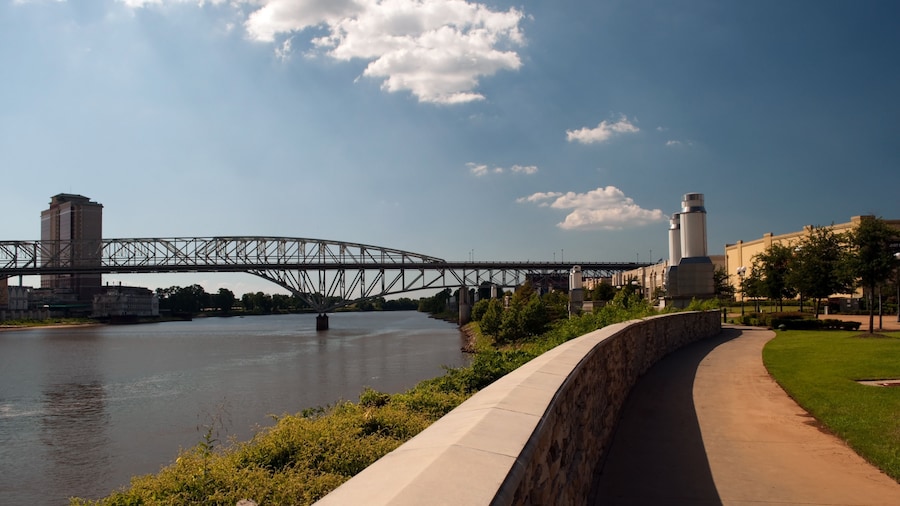A park woven around four Spanish missions from 300 years ago, telling the fascinating founding story of San Antonio.
The San Antonio missions are where the city of San Antonio was born. Spanish priests set up Mission Espada on the San Antonio River in 1690. The aim was to convert the local Indian people to Christianity, gaining not only souls for the Roman Catholic Church, but also loyal subjects for the Spanish Crown. The San Antonio Missions National Park covers four of the five missions eventually set up. It includes parks, trails, a visitor centre and the restored remains of Mission Espada, Mission San Juan, Mission San Jose, and Mission Concepcion.
The Park provides a real insight into the life and times of what was then Tejas, a Mexican province. The missions helped cement Spanish control over the area. Then in the 1800s came American settlers, a revolution, and a famous war. The furthest north of the five missions is the Mission San Antonio de Valero – better known as the Alamo, a symbol of defiant courage after the fight-to-the-last-man of Texans in 1836. It is separate from the National Park.
The best place to start a tour of the other four is at the most northerly – Mission San Jose. Here you will find a visitor centre to guide you through the history and the facilities of this fascinating park. San Jose was founded in 1720, after the Mission San Antonio de Valero became overcrowded. Its church is well preserved, built from local limestone, and adorned with frescoes and a carved portal. Up to 350 Indians may once have lived here.
From here you can cycle or hike down the trails to Mission Espada, where you can still see a water dam, an aqueduct and acequias (or channels) built by the Spanish. These helped improve irrigation in this often dry land. Further south again is the Mission San Juan, which once had three priceless painted wooden sculptures in its church, which unfortunately, were stolen in 2000.
Finally, there is the Mission Concepcion, with probably the most beautiful and best-preserved of the churches found along the route. It is a haunting and evocative trip – ultimately both the Indians and the Spanish abandoned these missions. But the powerful influence of both cultures is still alive in San Antonians, to this day.
